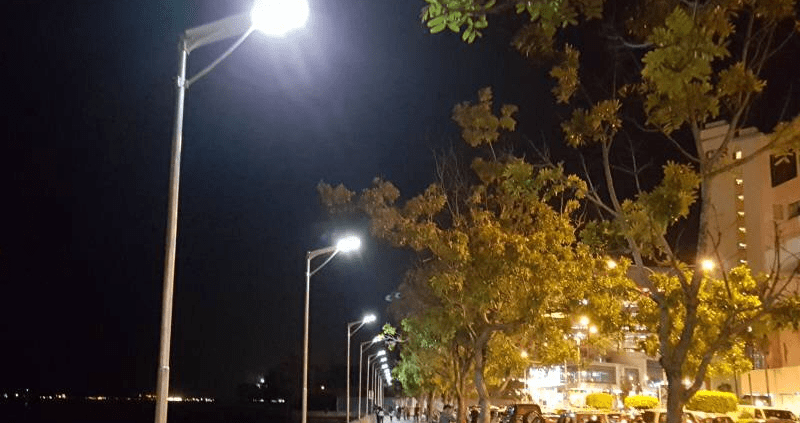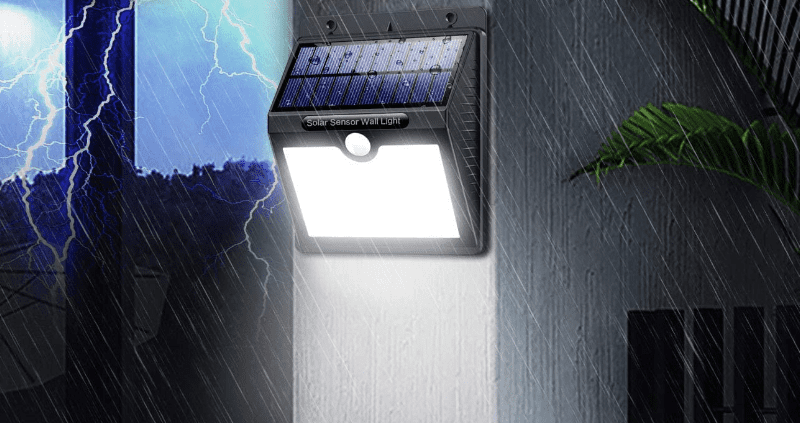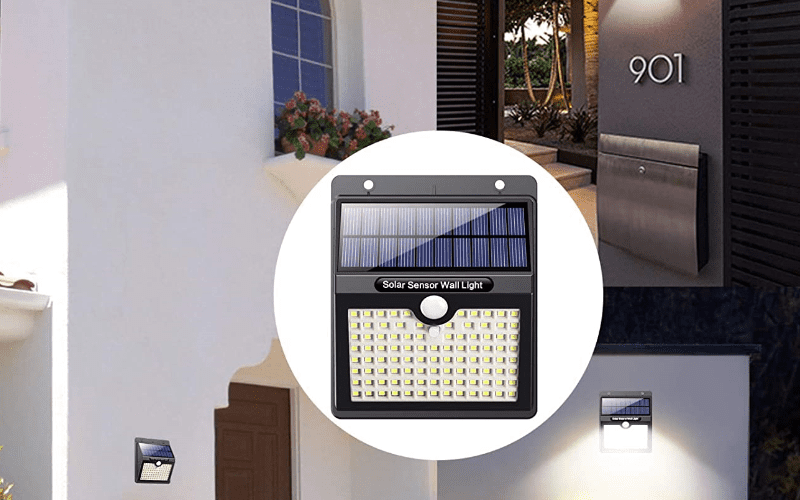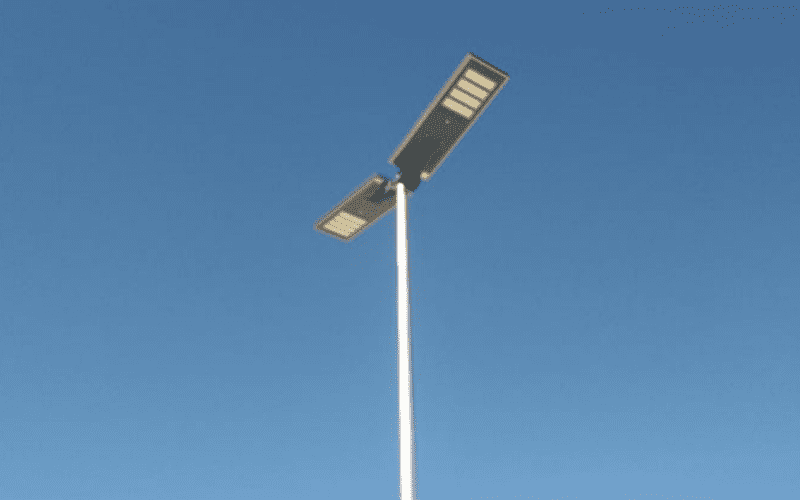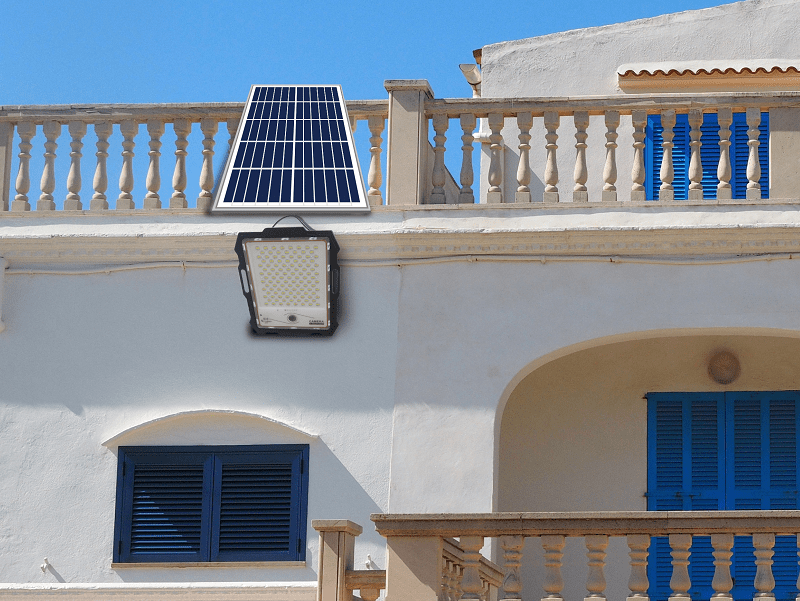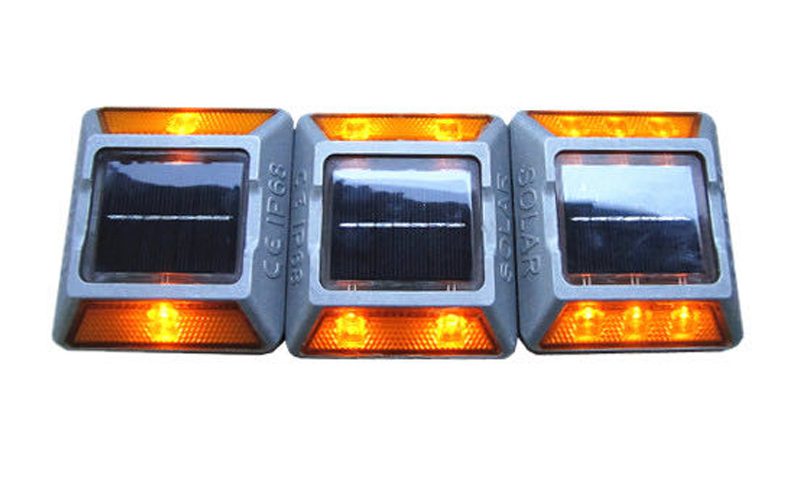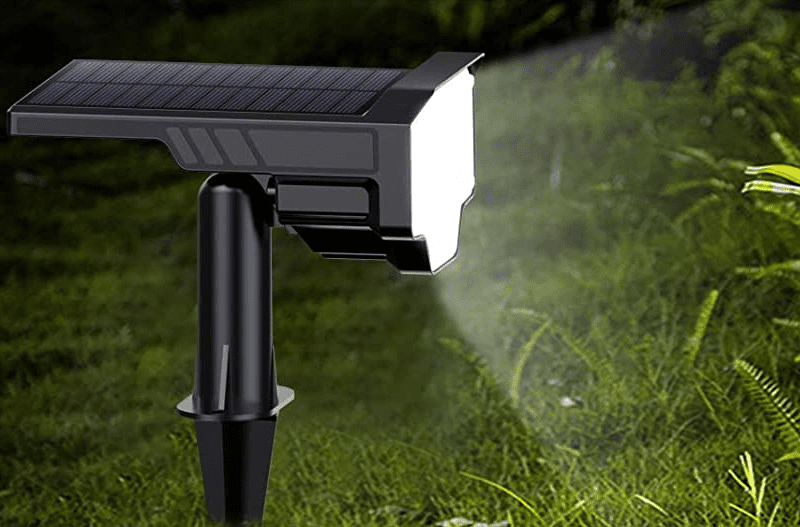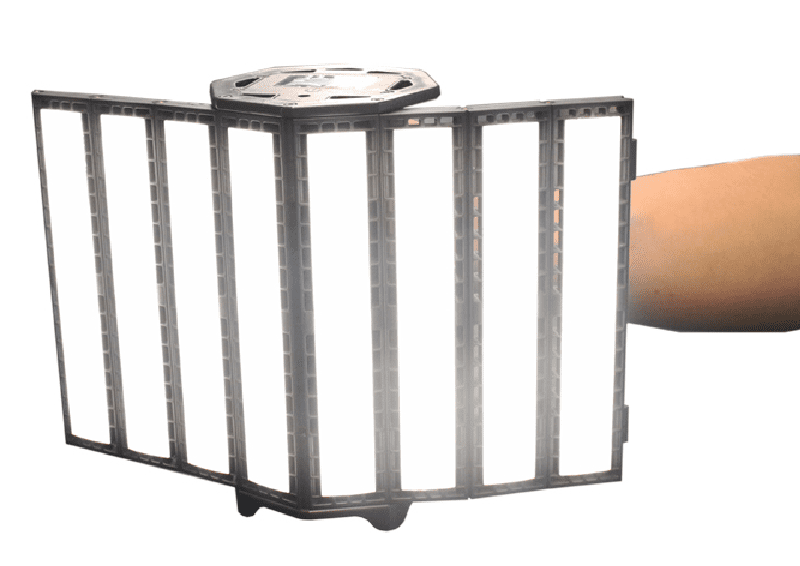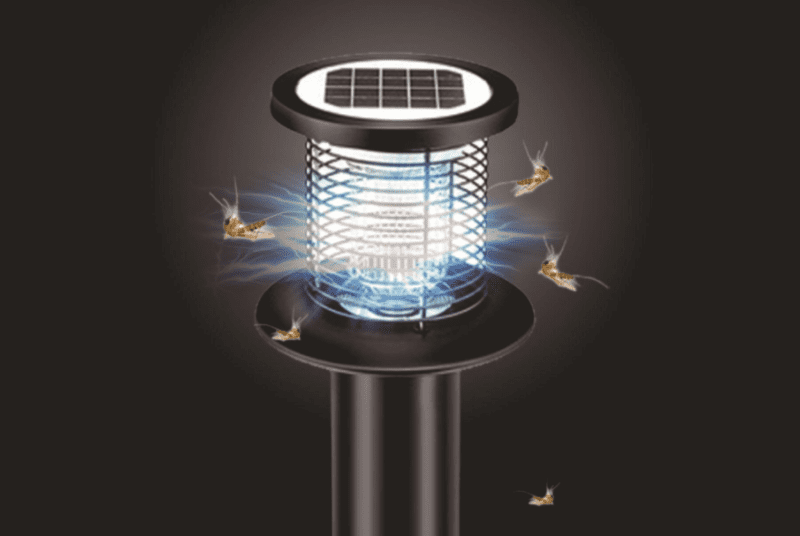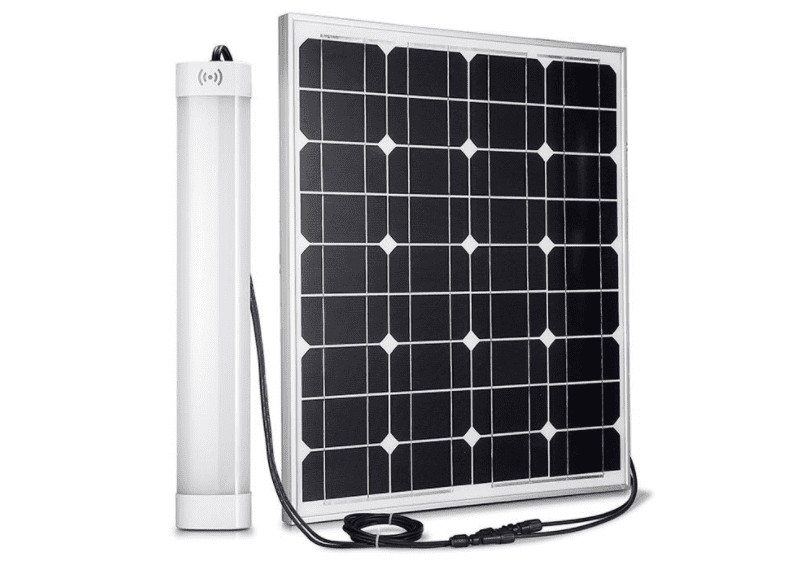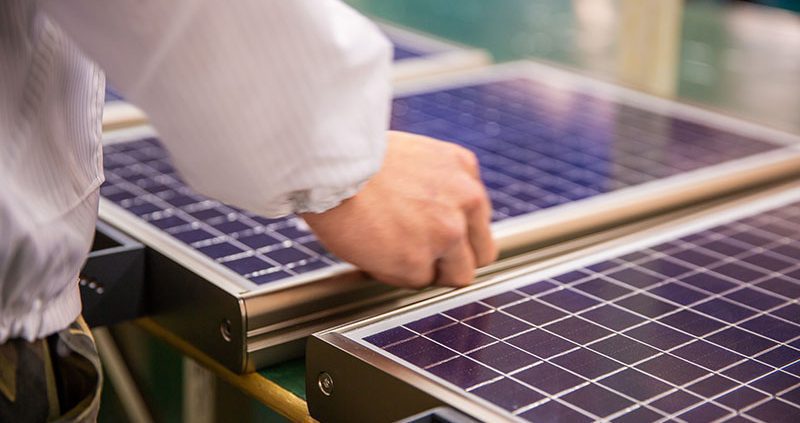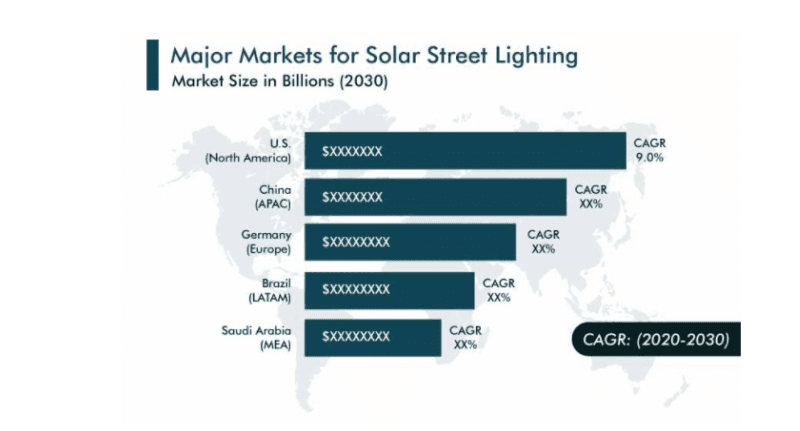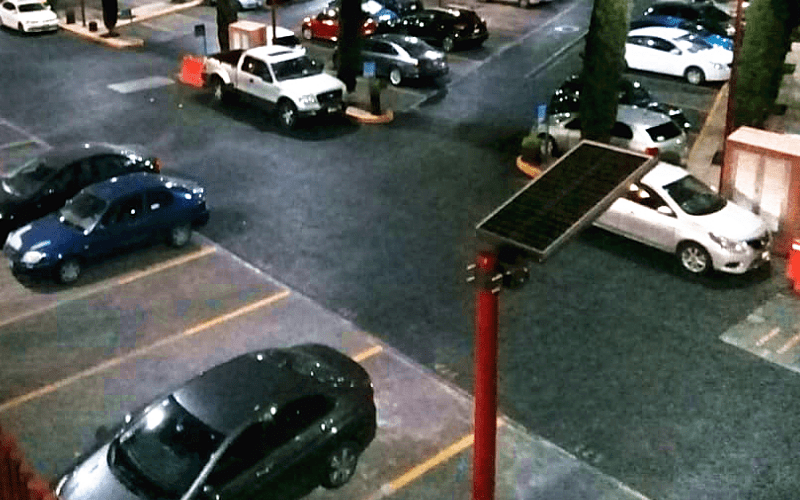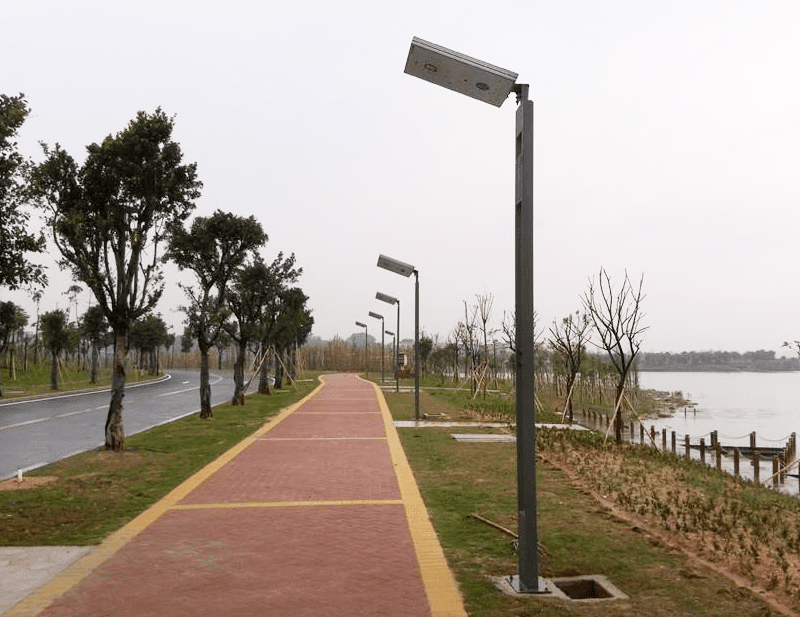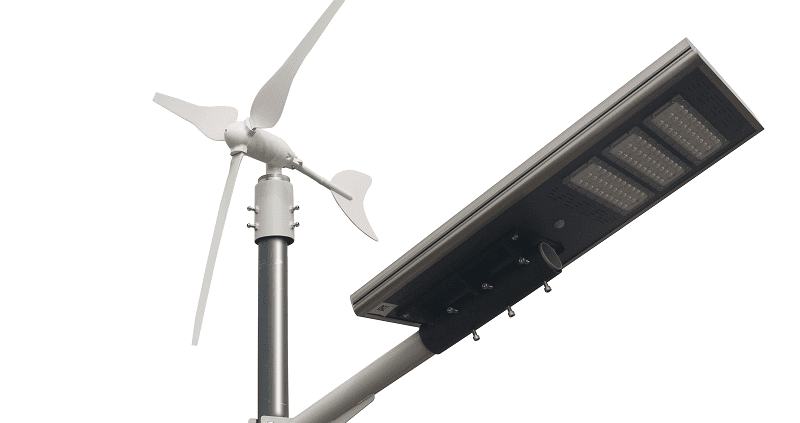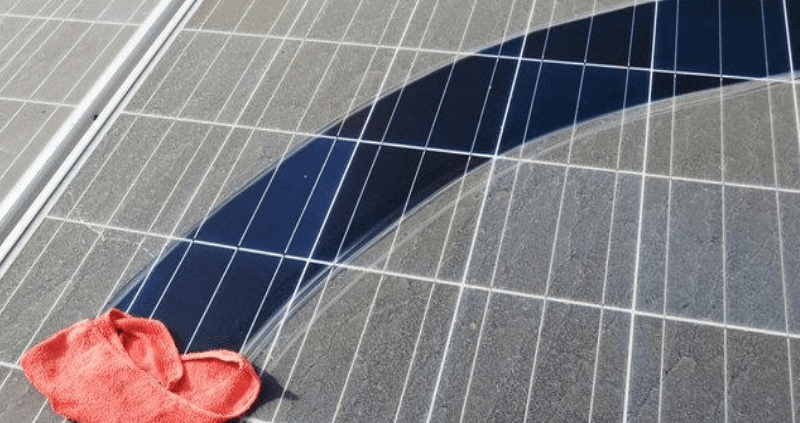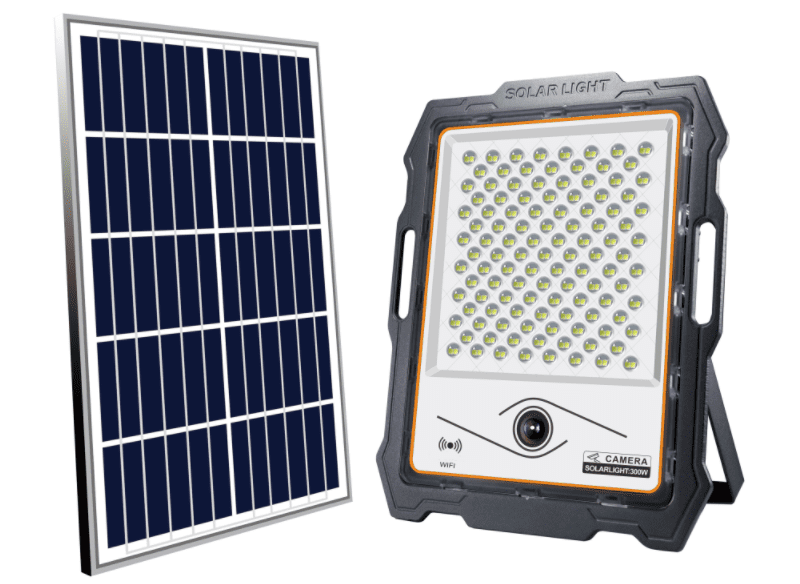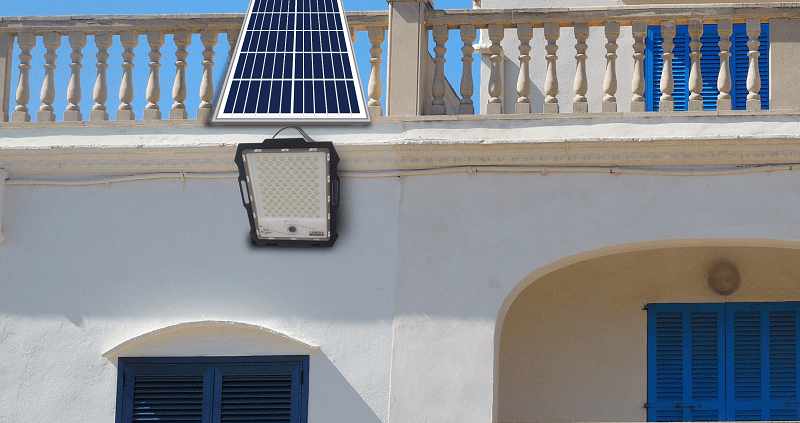Comment réaliser une maquette de lampadaire solaire ?
Il y a un objectif à chaque projet et quand on en parle lampadaires solaires, l’objectif est d’être une alternative plus verte aux lampadaires traditionnels. Afin de maximiser l'efficacité d'un lampadaire solaire, chaque composant doit fonctionner avec une utilisation maximale de l'énergie avec un minimum de pertes. Penser au modèle de lampadaires solaires peut vous faire penser à de nombreuses conceptions et structures différentes. Bien que la conception de base reste la même, seule l'esthétique est différente selon les variantes de lampadaires solaires. Voyons comment créer un modèle simple de lampadaires solaires.
Il y a généralement sept parties principales qui composent un ensemble complet de modèle de lampadaire solaire :
- Panneau solaire, également connu sous le nom de cellule solaire photovoltaïque – utilisé pour convertir l'énergie solaire en énergie électrique
- Contrôleur de charge solaire – utilisé pour contrôler ou réguler le flux de charge électrique du module PV vers la batterie
- Pack de batterie – utilisé pour stocker la charge électrique pour une utilisation la nuit
- Lampadaire – une source de lumière
- Poteaux – pour la connectivité entre les différentes pièces et l'installation sur des surfaces surélevées
- Télécommande – pour aider à contrôler, gérer et entretenir le modèle de lampadaire solaire
Selon le fabricant, le type de composant peut varier.
Concevoir un modèle de lampadaire solaire
Tout d’abord, calculez la quantité de lumière nécessaire pour éclairer la zone. L'ampoule utilisée vous aidera à connaître la puissance. Utilisez cette puissance et la durée d'éclairage pour calculer les wattheures de la batterie et de tout composant qui consommera de l'énergie. La puissance-heure vous aidera à choisir le module PV capable de produire cette quantité d’énergie. Gardez les pertes d’énergie à l’esprit et choisissez toujours un panneau photovoltaïque capable de produire plus d’énergie que nécessaire pour compenser les pertes. L'angle et la puissance maximale dépendent de l'emplacement d'installation, alors effectuez une vérification à ce sujet.
Pour savoir quelle taille de batterie utiliser, les wattheures nécessaires aux lumières peuvent vous aider à le savoir. À l’aide d’une formule électrique de base, vous pouvez connaître le niveau de charge, la charge nominale et la capacité de la batterie en ampères-heures.
La taille du contrôleur de charge dépend de la puissance requise du panneau et de votre choix de stockage d'énergie. La règle de base est d’utiliser un contrôleur de charge capable de gérer le courant provenant du panneau.
Assemblage du panneau solaire
Les panneaux solaires sont constitués de semi-conducteurs ; une substance capable de conduire l’électricité dans certaines conditions. Le matériau habituellement utilisé est le silicium, mais il existe également d'autres matériaux tels que l'arséniure de gallium, le phosphure d'indium et le séléniure de cuivre et d'indium. Pour fabriquer une cellule solaire, il faut des milliards d’atomes de silicium sous la forme d’une couche de plaquette. Chaque atome de silicium contient des éléments extrêmement petits et minuscules appelés électrons. Ces minuscules électrons portent une charge électrique. Lorsque la lumière du soleil frappe les cellules, les photons présents dans la lumière du soleil libèrent les électrons de leurs atomes et, à mesure que les électrons traversent la cellule, ils produisent de l'électricité.
Le panneau solaire est fixé au poteau et aux autres composants du système d'éclairage solaire par des câbles. Des supports et des cadres sont utilisés pour maintenir le panneau solaire. Ces supports sont généralement fabriqués en aluminium pour les garder légers et résistants aux intempéries.
Assemblage de la batterie
L'assemblage de la batterie se fait à l'aide des fils qui lui permettent de se connecter au module PV et à la lampe LED. La batterie est conçue efficacement pour maintenir des courants continus pendant de longues périodes. L'ensemble batterie est généralement conservé à l'intérieur d'un boîtier en aluminium avec des évents ouverts pour maintenir la ventilation afin de dissiper la chaleur produite par les batteries.
Luminaire LED
Le luminaire LED est fixé au poteau via des supports et la hauteur du luminaire LED est ajustée pour avoir des niveaux de lumière appropriés. Il existe de nombreux modèles de luminaires LED disponibles et différents selon les variantes de lampes solaires.
Rendre le système plus efficace
Afin d’optimiser l’ensemble du système, certains composants doivent être choisis avec soin. La première chose est qu’au lieu de l’ampoule fluorescente, utilisez des lumières LED pour réduire la consommation d’énergie.
Utilisez la meilleure technologie de stockage pour la batterie. Dans la plupart des cas, les batteries Li-Ion sont généralement recommandées pour une utilisation dans les systèmes solaires. Il existe également d’autres technologies comme les batteries au plomb, les batteries au gel, etc.
Utilisez un module PV monocristallin car il est considéré comme plus efficace que le module polycristallin.
Minimisez les pertes d’énergie dans votre système en choisissant des connexions de câblage efficaces. Le contrôleur que vous utilisez doit être capable d’allumer et d’éteindre le système efficacement.
Utilisation de capteurs intelligents
Le système d'éclairage solaire peut être équipé des contrôleurs intelligents suivants et de quelques capteurs pour augmenter son efficacité. Un capteur infrarouge passif, utilisé pour détecter les mouvements et contrôler les niveaux d’éclairage. L’utilisation de lampes solaires équipées d’un capteur de mouvement est un moyen efficace de détecter toute activité à l’extérieur de votre maison, car elles éclairent instantanément la personne ou l’objet. Il existe également d'autres capteurs de mouvement tels que les capteurs de mouvement à micro-ondes, les capteurs à double technologie, etc.
Surveillance de la batterie
Ceci est utile afin d’éviter d’endommager la batterie. Lorsque la batterie détecte une surcharge, elle réduit simplement le flux d'énergie et lorsqu'une chute de tension se produit en raison d'une diminution de l'intensité de la lumière solaire ou d'une augmentation soudaine de la consommation électrique, elle permet de maintenir une bonne régulation de tension.

